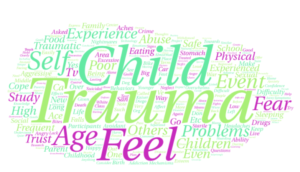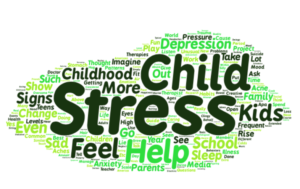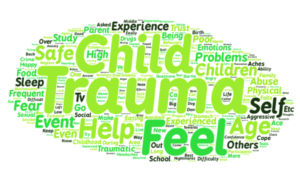Childhood Trauma
- Home
- Childhood Trauma
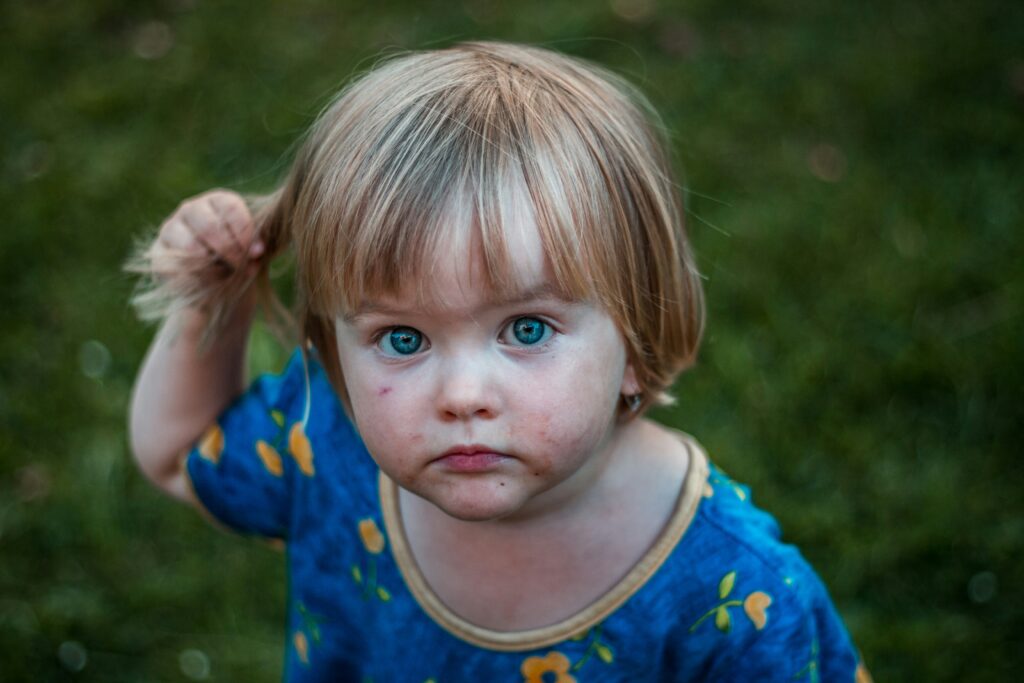
Do Children Experience Trauma?
Yes, children do experience trauma, and it can significantly impact their ability to be happy. The effects of trauma can be long-lasting, but the good news is that trauma can be treated, allowing children to find happiness again.
Many people underestimate how prevalent trauma is among children. A groundbreaking study known as the Adverse Childhood Experiences Study (ACES), conducted by Kaiser Permanente and the Centers for Disease Control and Prevention, involved over 17,000 participants from the San Diego area. They answered a questionnaire about difficult childhood events, such as family deaths, physical or sexual abuse, neglect, and parental imprisonment. Surprisingly, the study revealed that more than 50% of children experience at least one traumatic event before they turn 17. It’s crucial to note that this study primarily involved white, middle-class, educated participants and did not include those from low-income or high-crime communities. In areas with high crime, poverty, or violence, the incidence of childhood trauma can reach as high as 100%.
What is Trauma?
Trauma occurs when a child faces circumstances that overwhelm their coping mechanisms. While we often associate trauma with severe events like assault or natural disasters, any experience can be traumatic if it triggers a stress response that is difficult for the child to process or cope with. For instance, experiences such as car accidents, bullying, humiliation, dog bites, medical procedures, or loud arguments can all be traumatic. Children can also experience trauma vicariously, simply by witnessing traumatic events.
We often think of trauma as a single occurrence; however, for some children, trauma can be recurring, such as daily bullying, frequent intense arguments, or ongoing abuse. Continuous or repeated trauma is classified as toxic stress. Additionally, incidents surrounding birth—such as C-sections, preterm births, or health complications—can also be traumatic for infants. Even if a person cannot recall a traumatic event from infancy, the body retains the sensations, and the trauma may resurface in the future. Therefore, supporting children in processing and coping with both past and present traumatic experiences is essential.
The Suicide and Crisis hotline is 988, you can all or text.
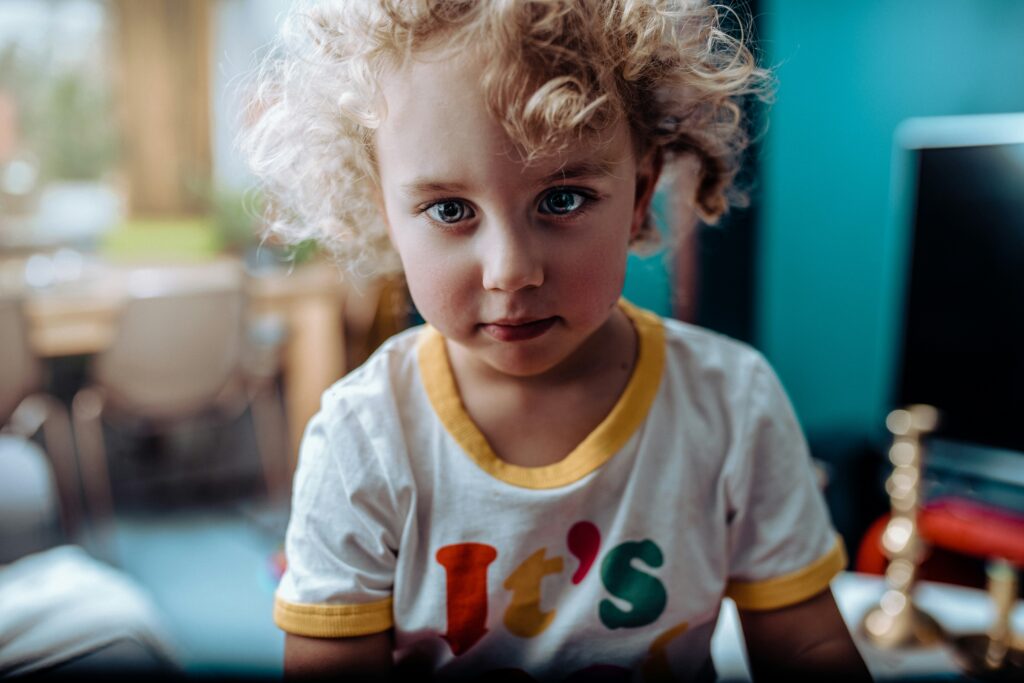
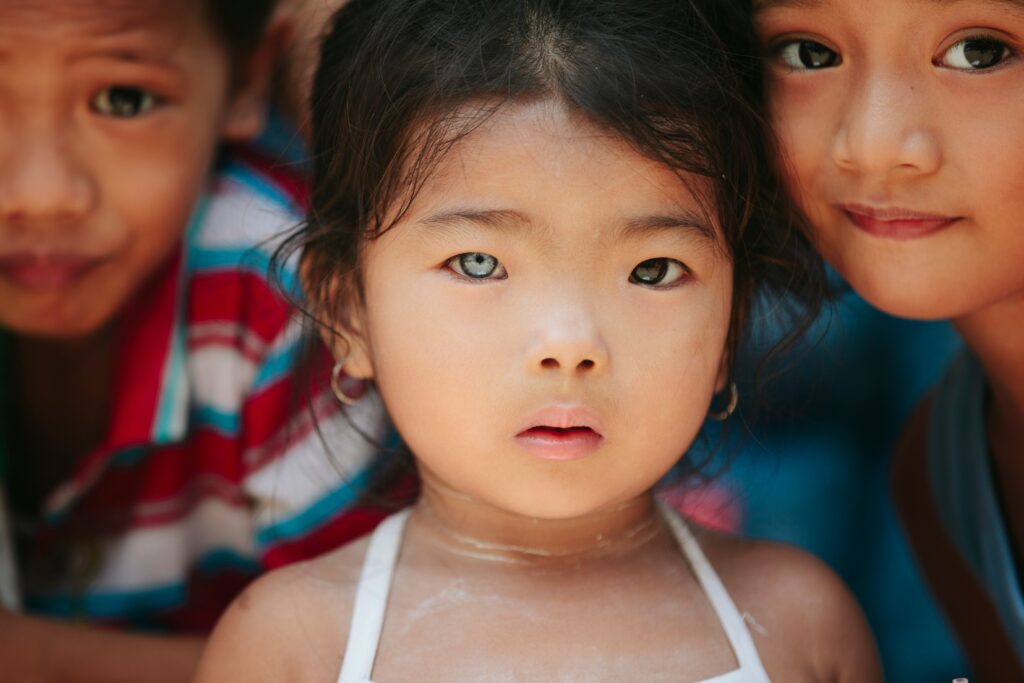
Examples of Traumatic Experiences for Children
- Abuse
- Neglect
- Accidents
- Dog bites
- Medical procedures
- Difficult births (including rapid deliveries)
- Extreme events during pregnancy
- Moving homes
- Being left alone
- Experiencing humiliation
- Frequent loud arguments
- Witnessing violence (even through media)
- Natural disasters
Subscribe and Receive Transformative EFT/Tapping Tips
By downloading our ebook you also agree to receive occasional emails about The Imagine Project.
Symptoms of Trauma
Ages 0-2:
- Frequent fussiness
- Sleeping difficulties
- Poor appetite
- Anger and aggression
- Easily startled
- Nightmares
- Frequent stomachaches or headaches
- Anxious or fearful behavior
- Regressive behaviors
Preschool Age
- Irritability
- Poor appetite
- Regressed behaviors
- Aggression and excessive temper
- Difficulty with learning and concentration
- Imitating traumatic events
- Feelings of blame or guilt
- Easily startled
- Challenges in making and keeping friends
- Lack of self-confidence
- Fear of separation from parents
Elementary School Age
- Sleeping or eating issues (hoarding or avoiding food)
- Excessive anger or aggression towards others
- School-related difficulties
- Frequent physical ailments (headaches, stomachaches)
- Easily startled
- Nightmares
- Low self-esteem
- Addictive behaviors
- Inappropriate sexual knowledge
- Abnormal fears and anxiety
- Suicidal thoughts
- Withdrawal from social situations
- Difficulty trusting others
- Fear of separation from parents
Middle and High School
- Sleeping or eating issues
- Excessive anger or aggression towards others
- Academic problems
- Frequent physical ailments
- Nightmares
- Low self-esteem
- Addictive behaviors
- Inappropriate sexual knowledge
- Abnormal fears and anxiety
- Suicidal thoughts
- Withdrawal from social situations
- Difficulty trusting others
- Unhealthy romantic relationships
- Withdrawal from social situations
- Overly self-reliant behavior
- Feelings of shame
- Running away
- Difficulty envisioning future possibilities
Helping Your Child with Trauma
Consider the following questions:
- Has my child experienced any events that could be deemed traumatic? Visit ncjfci.org to take the ACE test for trauma.
- Have my children experienced any potential trauma, beginning with their prenatal and birth experiences?
- Are my children exhibiting any of the symptoms listed above?
- What is the best plan to support my children if I suspect they have experienced trauma?
If you believe your child has experienced trauma, a primary goal is to ensure they feel safe—both physically and emotionally. Establish trust by being open to their feelings, acknowledging their emotions, offering gentle touch, and expressing empathy. It’s essential to avoid judgment regarding their feelings or experiences. Create a supportive environment that feels physically safe and is free from distractions, with comfortable seating, blankets, or pillows. This can be a space where they can journal or draw, adorned with positive memories, accomplishments, and pictures that bring them joy.
Teaching children how to recognize when they don’t feel safe is also vital. They may experience feelings of overwhelm, bodily sensations of agitation, escalating emotions, or thoughts of self-harm. During these moments, it’s essential to equip them with tools to calm themselves and seek safe support. Techniques such as deep breathing, gentle touch, finding a safe room, tapping (EFT), meditation, and ensuring adequate sleep can be beneficial.
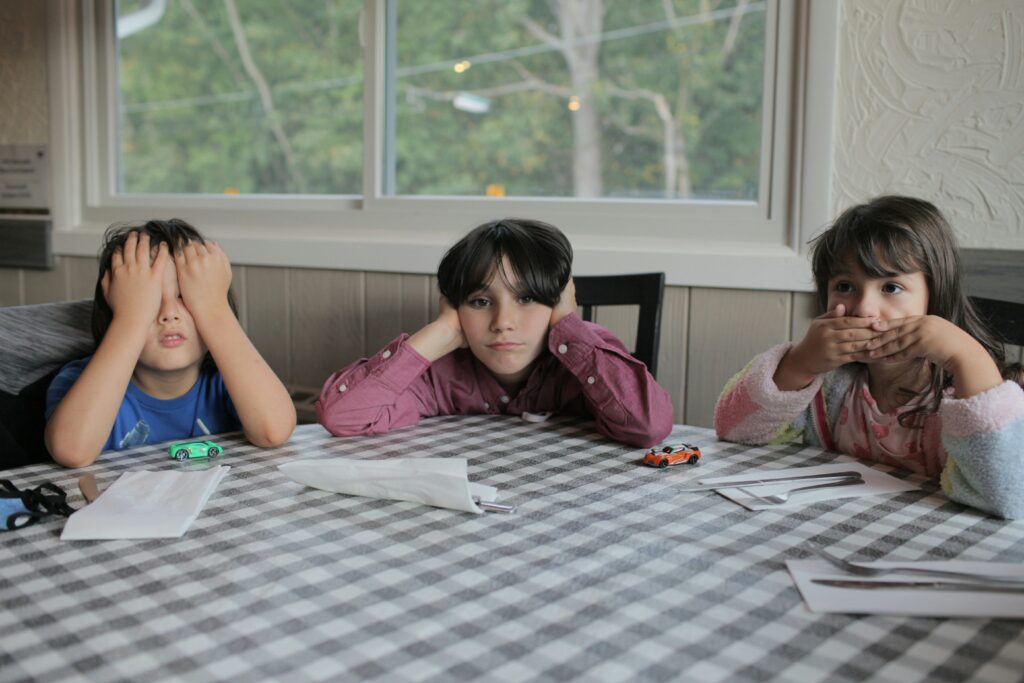

Therapy
Children who have experienced trauma often need external support to process their feelings and experiences. Seek practitioners who incorporate various healing modalities beyond talk therapy, such as Emotional Freedom Technique (EFT or tapping), EMDR, and body awareness therapies, to help your child process and heal more effectively.
If you have experienced trauma, here is a good article on beginning to heal your Inner Child.
The Imagine Project: Powerful Tools that Help Kids Rise Above Stress and Trauma, Build Their Resilience, and Bring Positive Change into Their Lives (Yampa Valley Publishing, 2017) will give you more ideas and tools to help a child who has been through trauma as well as information about the best outside help (doctors, therapists, and therapies) so you can get to bring your child back to emotional wellness and happiness!
